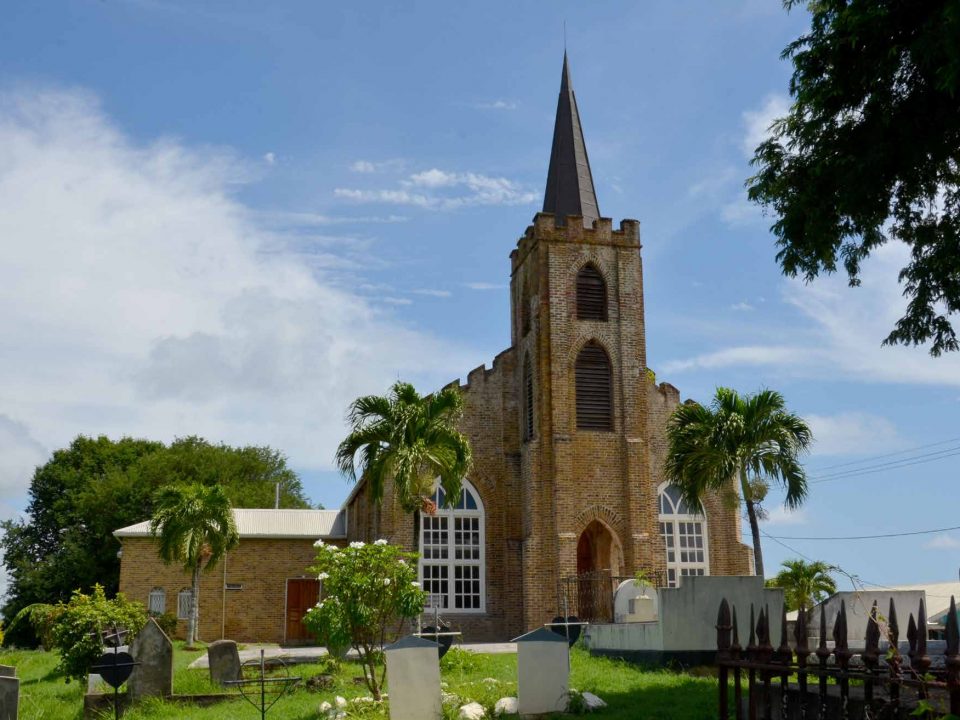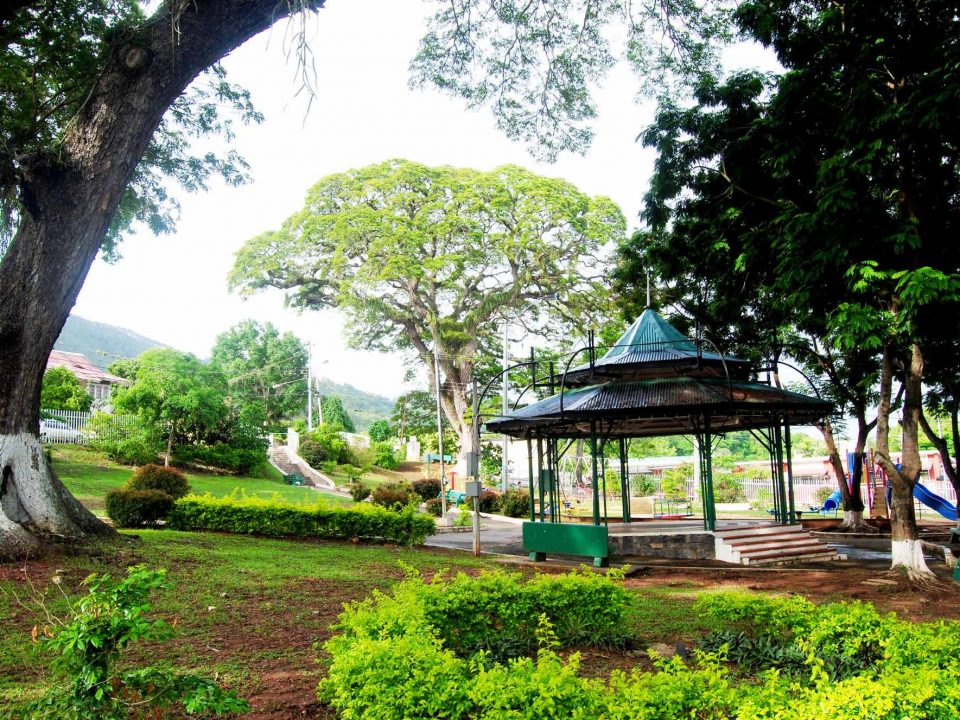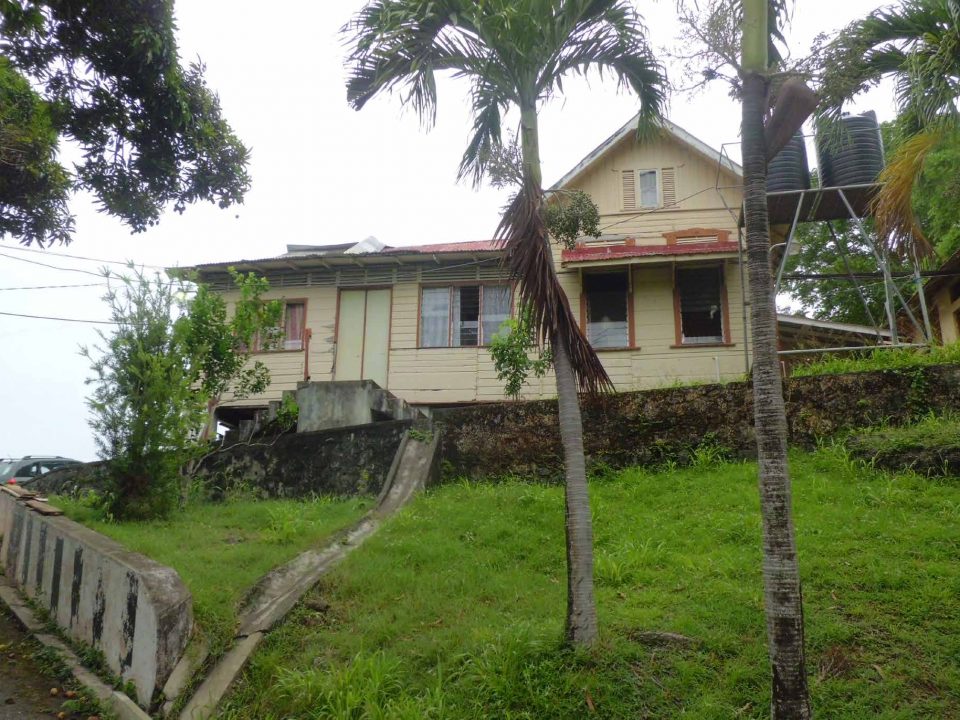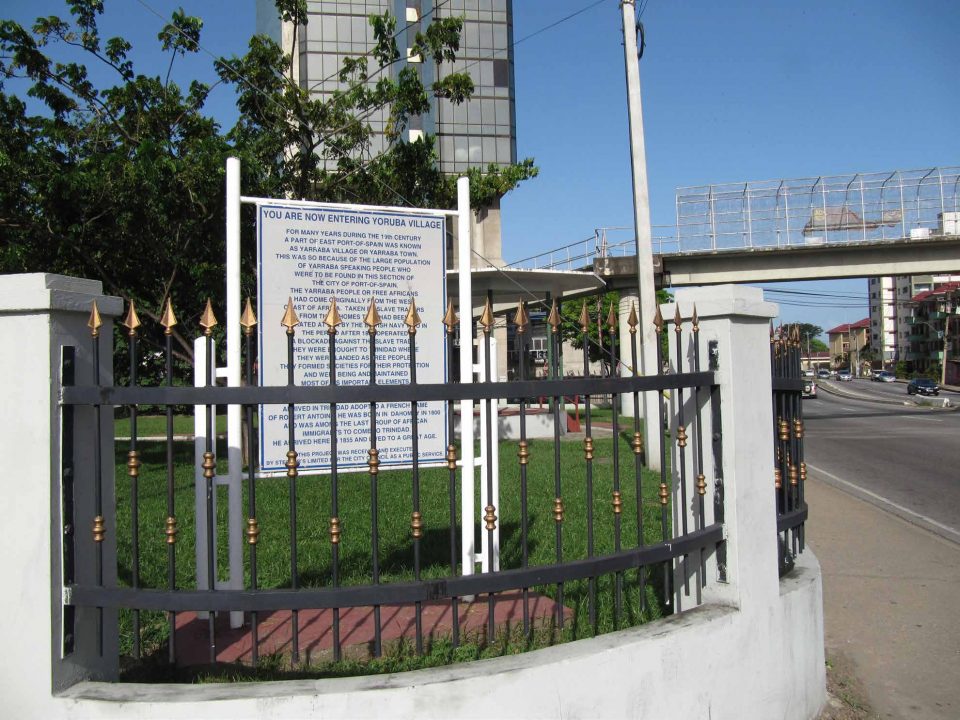Built in 1831 under the governance of Governor Sir Lewis Grant, the Treasury building housed both the Treasury and the…
- All
- About Us Header
- African Legacy Tours
- Blog
- Blue Basin Header
- Community and Social Interventions
- Company Villages Header
- Festivals, Plays and Events
- Fort George Header
- Header Banners
- I News
- Ican Header
- Kambule Global Header
- Kambule Header
- Nelson Island Header
- Publications & Literature
- Showcase
- Sites of African Heritage
- Spirituality - Rituals - Rites of Passage
- Stick Fighting Header
- Teaching through Theatre Header
- Traditional Carnival Characters Header
- Treasury Building Header
- Upcoming Events





